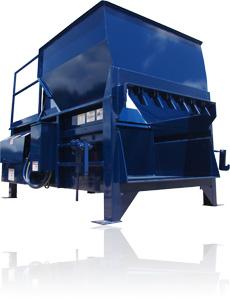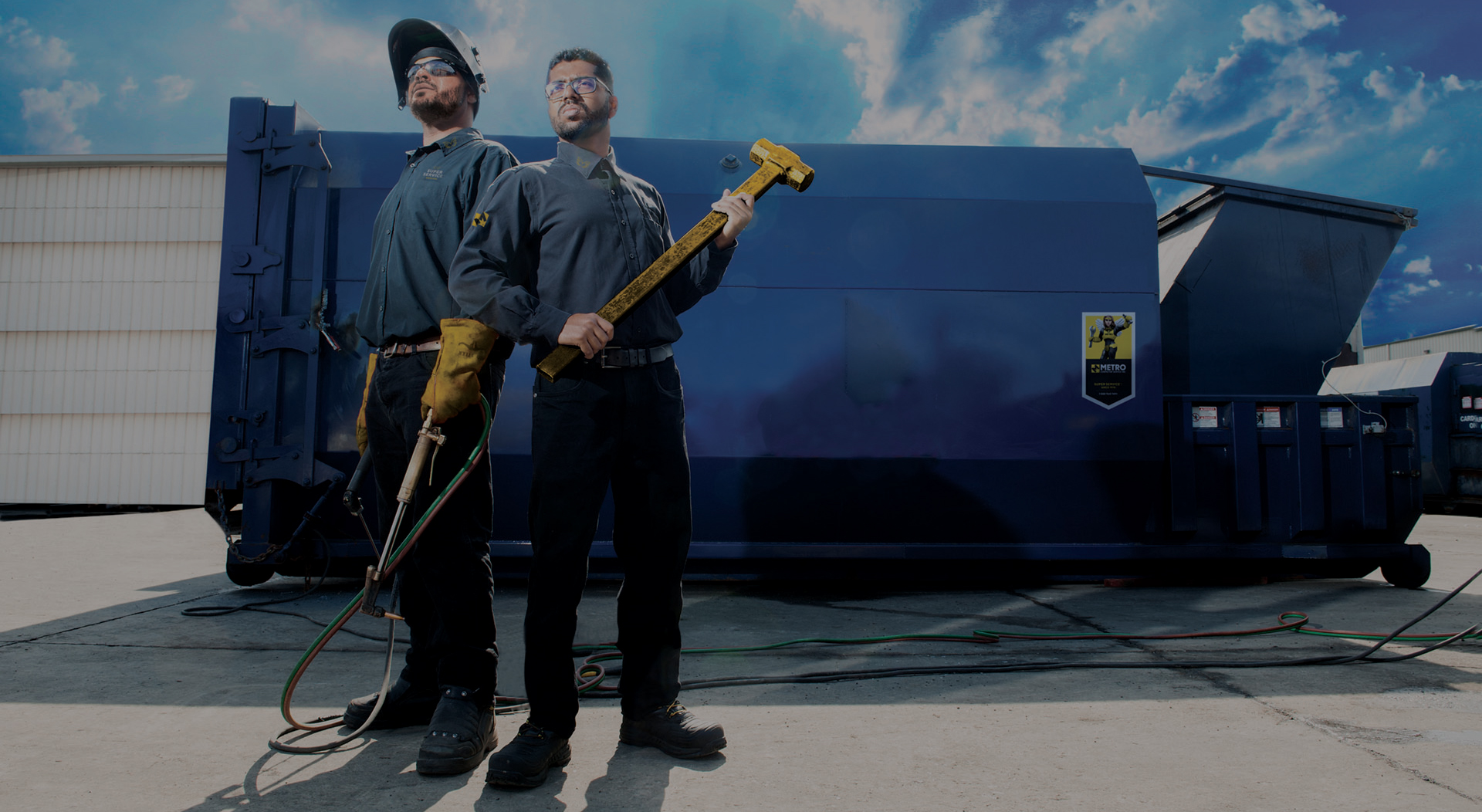Assessing the Cost-Effectiveness and Environmental Advantages of Purchasing Advanced Waste Equipment for Companies and Organizations
The decision to purchase sophisticated waste equipment is significantly essential for companies aiming to enhance both their economic and environmental performance. Evaluating the cost-effectiveness of such investments exposes possibility for significant financial savings, especially through decreased operational costs and enhanced resource monitoring. The ecological advantages-- such as decreased landfill use and reduced emissions-- add to a much more lasting operational framework. Yet, the effects of this investment extend beyond mere numbers, raising important inquiries about long-term stability and governing compliance. As organizations navigate these intricacies, the course onward ends up being fascinating.
Recognizing Advanced Waste Devices
Advanced waste equipment incorporates a range of innovative technologies made to boost waste management procedures efficiently. This equipment consists of automated arranging systems, compactors, shredders, and progressed reusing machinery, all intended at boosting performance and decreasing environmental impact. The primary purpose of innovative waste tools is to simplify the collection, handling, and disposal of waste materials, thus minimizing labor prices and increasing operational performance.
One significant technology is the use of wise waste containers outfitted with sensing units that check waste degrees and enhance collection routes. This not only reduces unneeded pick-ups but also lowers fuel intake and greenhouse gas exhausts. Additionally, advanced shredders and compactors help with the decrease of waste quantity, which is important for making the most of landfill area and boosting reusing initiatives.
In addition, the integration of expert system and device discovering in waste administration systems permits boosted data analytics, bring about educated decision-making and boosted resource appropriation. By using these advanced modern technologies, companies and companies can achieve substantial enhancements in waste monitoring processes, eventually resulting in better sustainability end results and conformity with governing requirements.
Expense Analysis of Investment
Evaluating the cost analysis of investment in sophisticated waste equipment is essential for companies looking for to improve their waste administration methods. A thorough expense evaluation involves evaluating both the first resources investment and ongoing operational expenditures related to acquiring and preserving such devices. This consists of not just the acquisition cost however also installment expenses, training for personnel, and possible downtime during the transition duration.
Organizations need to also think about the numerous kinds of sophisticated waste tools readily available, such as compactors, shredders, and recycling systems, each with unique prices frameworks. Furthermore, the financial effects of equipment performance must be evaluated, as more reliable systems might result in minimized garbage disposal costs and reduced resource consumption.
In addition, potential funding resources and incentives, such as federal government gives or tax debts, can dramatically affect the general expense analysis. By performing a detailed examination of these factors, companies can make enlightened decisions that line up with their sustainability goals while ensuring an audio monetary investment (baler rental). Eventually, a detailed price analysis lays the structure for recognizing the financial feasibility and calculated advantages of spending in innovative waste management modern technologies

Long-Term Savings Possible
Buying sophisticated waste devices not just includes an ahead of time financial dedication yet likewise unlocks to considerable long-term savings potential. Services and companies that carry out such innovation can anticipate to see a decrease in operational costs gradually. Advanced waste tools commonly improves waste monitoring processes, leading to reduced labor expenses and enhanced efficiency.
By automating waste sorting and handling, companies decrease the requirement for hand-operated labor, enabling personnel to focus on more value-added tasks. In addition, boosted waste monitoring systems can lessen the quantity of waste that ends up in land fills, which consequently reduces disposal charges and prospective regulatory penalties connected with waste mismanagement.
Along with guide price savings, organizations can likewise experience improved earnings possibilities. For circumstances, recycling programs can generate earnings from the sale of recovered products. Furthermore, a commitment to advanced waste administration can boost a business's reputation, attracting eco aware customers and customers, which might bring about boosted market share.
Environmental Influence Assessment
Just how do advanced waste administration systems contribute to ecological sustainability? The application of these systems allows for the effective separation of recyclable products, which can considerably lower the volume of waste routed to landfills, thereby minimizing methane emissions and other harmful pollutants connected with waste decomposition.
In addition, advanced waste administration solutions are designed to lower power consumption and boost functional efficiency. For from this source example, energy-efficient tools not just diminishes overall power usage yet additionally decreases greenhouse gas discharges, lining up with international sustainability objectives. Moreover, the adoption of these systems can foster a society of environmental obligation within companies, motivating employees to participate in lasting techniques.
Conducting a detailed ecological impact evaluation of these systems exposes their potential advantages, including improved air and water high quality, biodiversity conservation, and enhanced neighborhood health and wellness. Ultimately, purchasing advanced waste administration innovation represents a tactical strategy to attaining long-term ecological sustainability while promoting economic viability.
Case Researches and Real-World Instances
Many study highlight the performance of sophisticated waste administration systems in advertising environmental sustainability throughout various markets. For instance, a leading manufacturing firm adopted automated waste arranging technology, which resulted in a 40% reduction in landfill waste within the very first year. This financial investment not only boosted operational effectiveness yet also significantly reduced disposal expenses, showcasing a solid roi.
In the hospitality industry, a significant resort chain applied an innovative food waste digestion system that converted organic waste right into clean energy. This effort lowered waste outcome by 50% and provided the resort with a lasting power resource, highlighting both economic and environmental benefits.

These real-world instances show that companies can attain substantial cost financial savings while improving their sustainability accounts via calculated investments in advanced waste administration modern technologies. As these study disclose, the assimilation of innovative waste services is not only practical however also essential for modern business intending to align with environmental requirements and consumer expectations.
Final Thought
Financial investment in innovative waste equipment emerges as a calculated choice over at this website for services looking for to improve cost-effectiveness and ecological sustainability. By automating waste sorting and leveraging wise innovations, companies can attain substantial decreases in functional expenses and garbage dump contributions. The long-lasting monetary benefits, integrated with a positive environmental impact, add to improved company reputation and regulatory conformity. Eventually, the combination of such innovations promotes a culture of sustainability, aligning these details company exercise with contemporary environmental responsibilities.